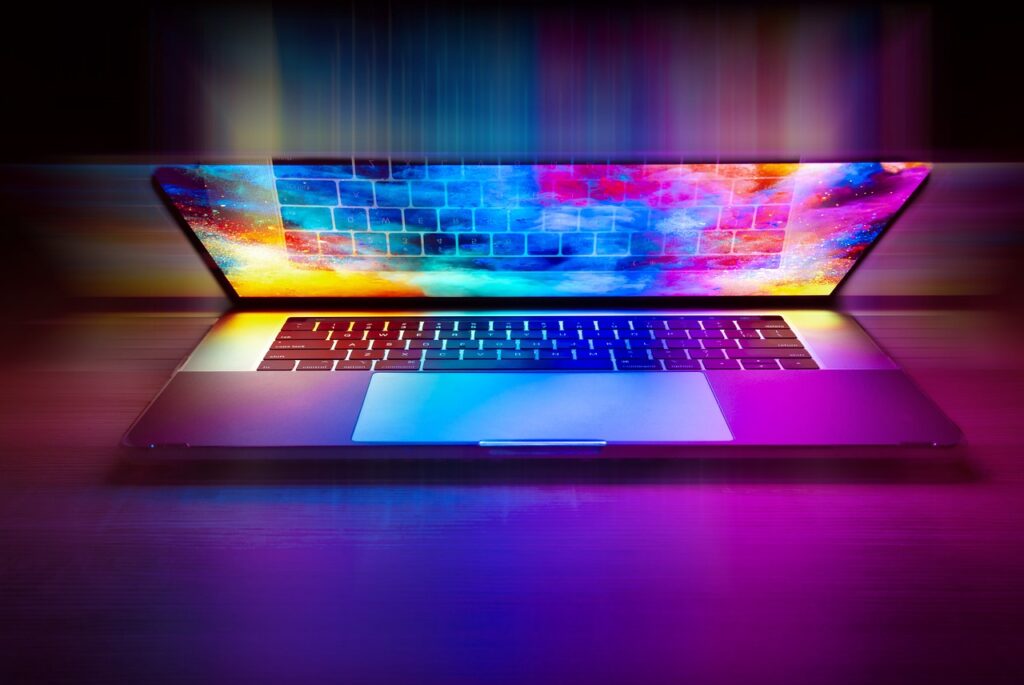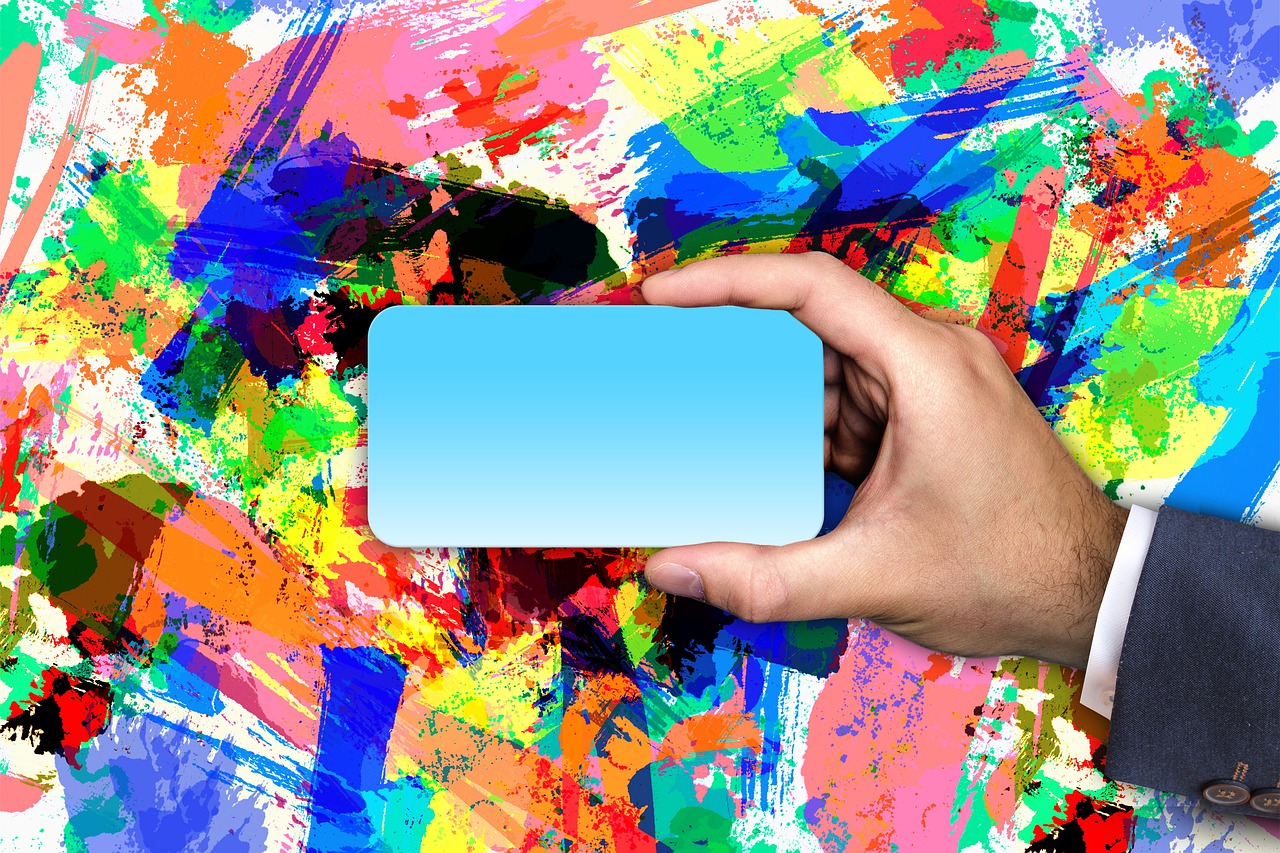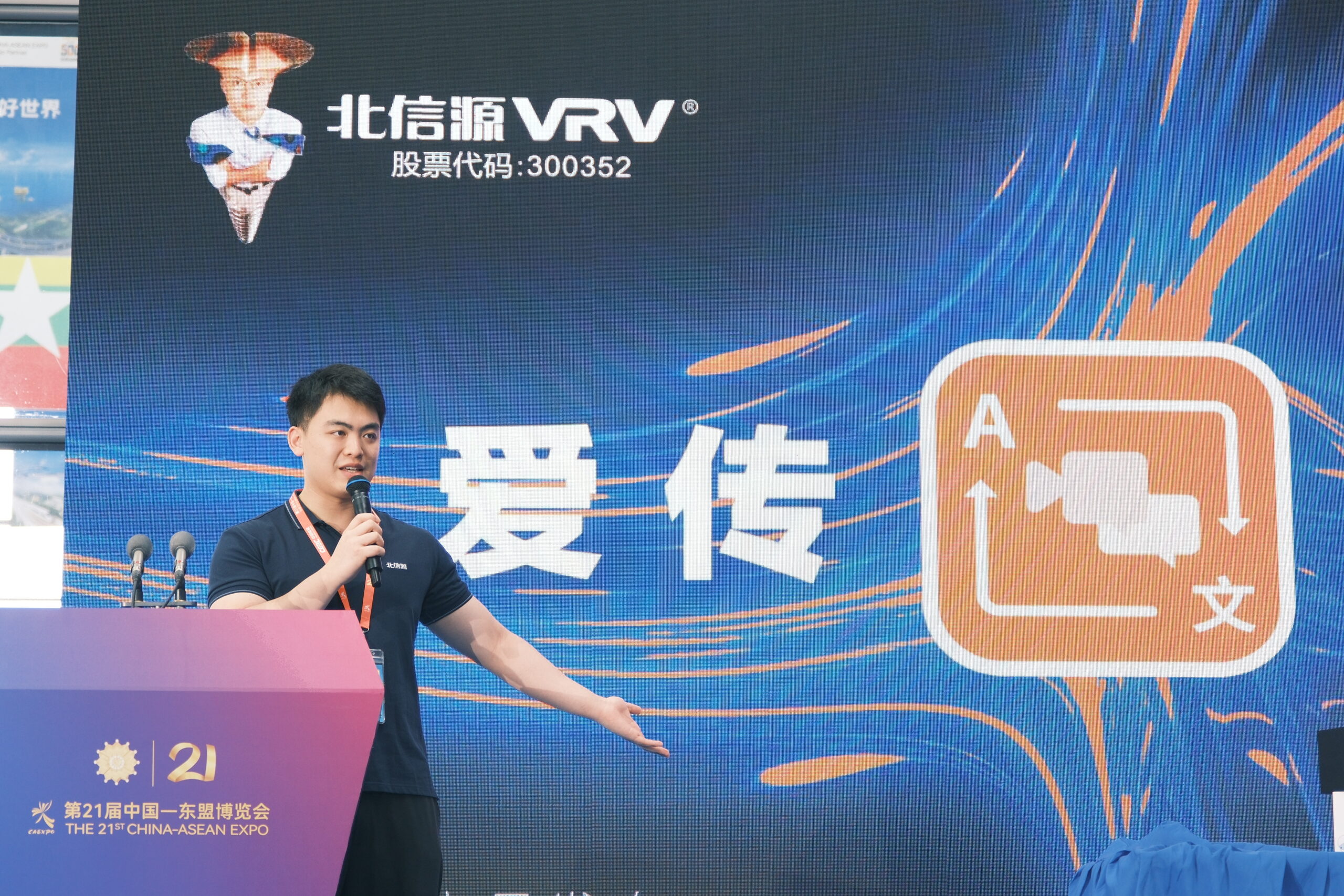Multi-agent AI systems are making waves in the field of machine translation by offering a collaborative, specialized approach that traditional single-model systems simply can’t match. Instead of relying on one monolithic AI to handle everything from context to culture, multi-agent systems divide and conquer—resulting in smarter, sharper, and more culturally aware translations.

What Are Multi-Agent AI Systems in Translation?
Imagine a virtual team of translators, each with a specific job: one handles literal translation, another double-checks for accuracy, another refines fluency, and yet another reviews tone and cultural appropriateness. That’s the essence of a multi-agent AI system. Each “agent” in the system brings a distinct skill set, and together, they mimic the workflow of a human translation team.
Why They Matter: Key Advantages
- Supercharged Accuracy
Companies using multi-agent systems report significant improvements in precision—up to a 25% increase in accuracy when translating specialized texts. That’s not a tweak; that’s a leap forward. - Laser-Focused Domain Adaptation
In legal or medical contexts where every word matters, these systems adapt far better than general-purpose models. Each agent can be trained in the lingo of its domain, reducing errors and increasing trust. - Cultural Awareness Built In
Some agents are specifically designed to catch cultural missteps. That means your Japanese marketing slogan won’t accidentally offend someone in Tokyo. - Scalability and Efficiency
Think faster delivery without compromising on quality. Multi-agent systems handle large volumes efficiently because agents work in parallel like a well-oiled machine.
But It’s Not All Smooth Sailing
- More Complex Than It Looks
Designing and coordinating multiple AI agents takes more upfront work. It’s not plug-and-play… yet. - Keeping It All Consistent
With several agents working on the same piece, there’s a risk of inconsistency unless the system has a strong orchestration layer. - Old Metrics, New Problems
Traditional scoring methods like BLEU often miss the improvements these systems provide, especially for literary or nuanced content. That’s forcing the industry to rethink how it measures quality.
Frequently Asked Questions
Q: What makes multi-agent systems better than single-agent models?
A: They specialize. Instead of one AI trying to do everything, each agent focuses on a specific task, leading to higher quality and fewer errors.
Q: Are they only useful for complex translations?
A: While they shine brightest in legal, medical, and literary work, even general content can benefit from the increased precision and fluency.
Q: Do they really understand culture better?
A: Yes. Some agents are explicitly trained to handle idioms, cultural context, and tone—things single models often mess up.
Q: Can this replace human translators?
A: Not yet—and maybe not ever for high-stakes work. But they’re getting better at being a co-pilot rather than a solo flyer.
Q: What industries are jumping on this tech?
A: Legal, healthcare, publishing, and enterprise software sectors are early adopters. Anywhere that mistranslation can cost money—or credibility—is a prime candidate.

Bottom Line:
Multi-agent AI systems aren’t just a cool research experiment—they’re a practical solution to real-world translation challenges. As they continue to evolve, expect them to become a standard part of any serious multilingual communication strategy.
Sources Slator


